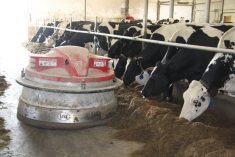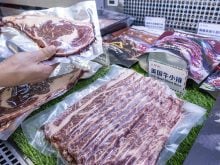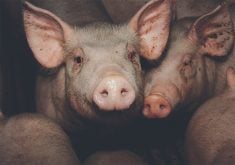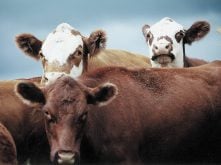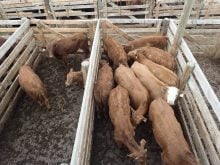RENO, Nev. – The United States is writing an international bovine tuberculosis plan to reflect its domestic regulations, said a department of agriculture official.
“Under the rule, countries or regions that have not undergone evaluation would be given non-accredited status for TB. These countries would only be allowed to export cattle and bison to the U.S. for direct slaughter,” said Brian McCluskey.
McCluskey, director of veterinary services for the western division of the U.S. Department of Agriculture spoke at the U.S.-Canada working group meeting during the National Cattlemen’s Beef Association convention in Reno Feb. 8.
Read Also
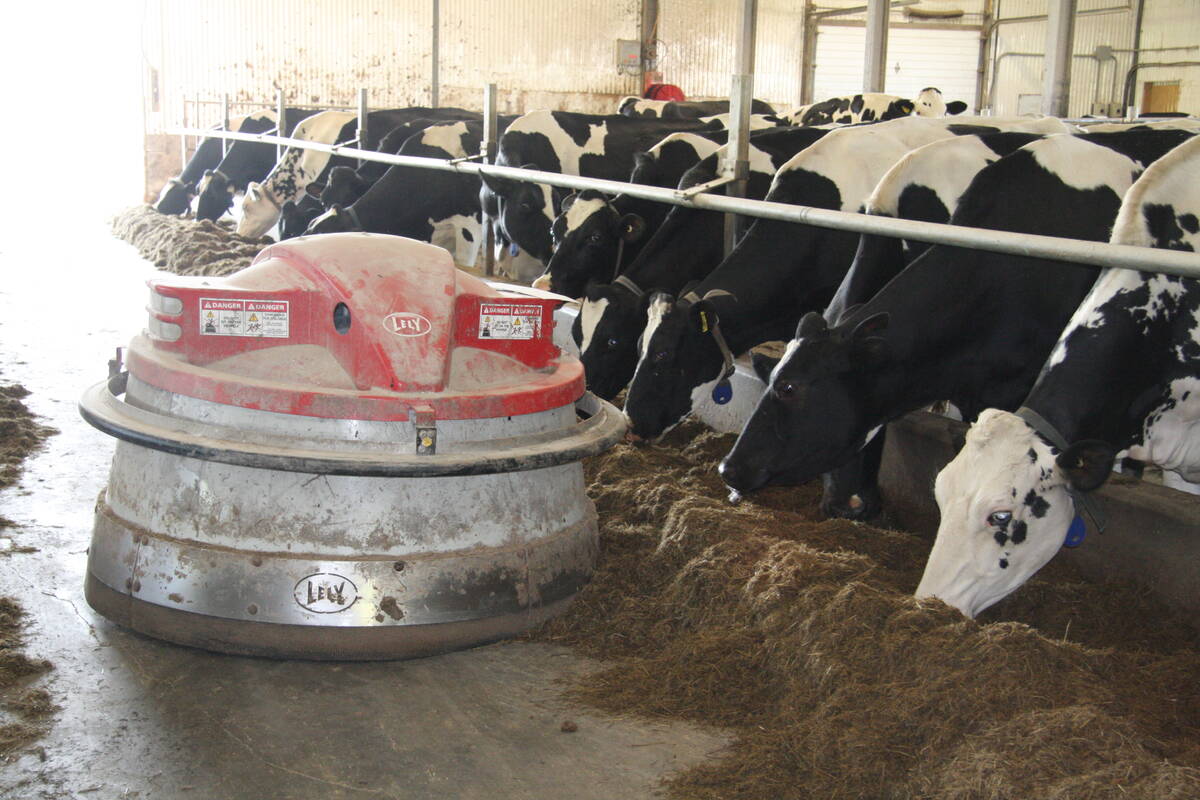
Partnerships, communication key to disease management
Communication and strong, trusted partnerships are key to managing infectious diseases like Foot and Mouth Disease and HPAI.
Bovine tuberculosis continues to appear in the U.S. For movement across state lines, herds must have two consecutive negative tests.
Canada’s evaluation started in December 2005. This new rule does not affect its current export ability.
McCluskey also outlined Canadian and American efforts on BSE. The two nations collaborated to change BSE trade rules at the world organization for animal health (OIE). Both were classified as controlled risk countries last May.
“We strongly believe trade in live cattle should be permitted for any animal born after the effective implementation of the country’s feed ban. This would follow international standards,” he said.
Canada is the only country covered under the U.S. current minimum risk rule, known as Rule 2. A comprehensive BSE rule is being compiled to trade with more countries. The U.S. will assume a country has unknown BSE status unless it can provide other proof.
Canadian trade with the U.S. has been going well since Nov. 19, after the U.S. border opened to a wider range of Canadian beef products and older animals following a four-year suspension due to BSE.
Between Nov. 19 and Jan. 26, Canada exported 317,000 head for breeding, feeding and slaughter. Within that group, Canada exported 26,000 cows and bulls older than 30 months between Nov. 19 and Jan. 19. Canada also shipped to the U.S. 1,950 head of breeding stock.
Before Rule 2, only feeder and slaughter animals younger than 30 months and a smaller list of boneless beef products were permitted into the U.S. from Canada.
Regulations continue to be changed.
A rule to allow Canadian cattle to be exported to Mexico across U.S. boundaries is in the works. The U.S. is waiting for Canada and Mexico to provide its conditions so movement can start.
A thorny issue is the requirement by some states, such as North Dakota and Colorado, which demand higher health requirements than national standards. USDA officials are trying to convince states to not ask for additional requirements, but McCluskey said in an interview that it is a state’s prerogative.
Some states require tattoos and branding, as well as negative health tests for diseases like brucellosis and tuberculosis. Canada is considered free of both.
John Masswohl of the Canadian Cattlemen’s Association called the higher state requirements unfair.
“That is an important restriction we need to have looked at, especially for show cattle,” he said at the meeting.
However, progress has been made on other health issues between the two countries.
Bluetongue has been removed from the reportable disease list and U.S. feeder cattle can enter designated feedlots without testing. However, due to economic conditions, none have come so the rule has not been tested.
Breeding cattle and feeders leaving a feedlot to go on pasture still need to test negative for anaplasmosis.



